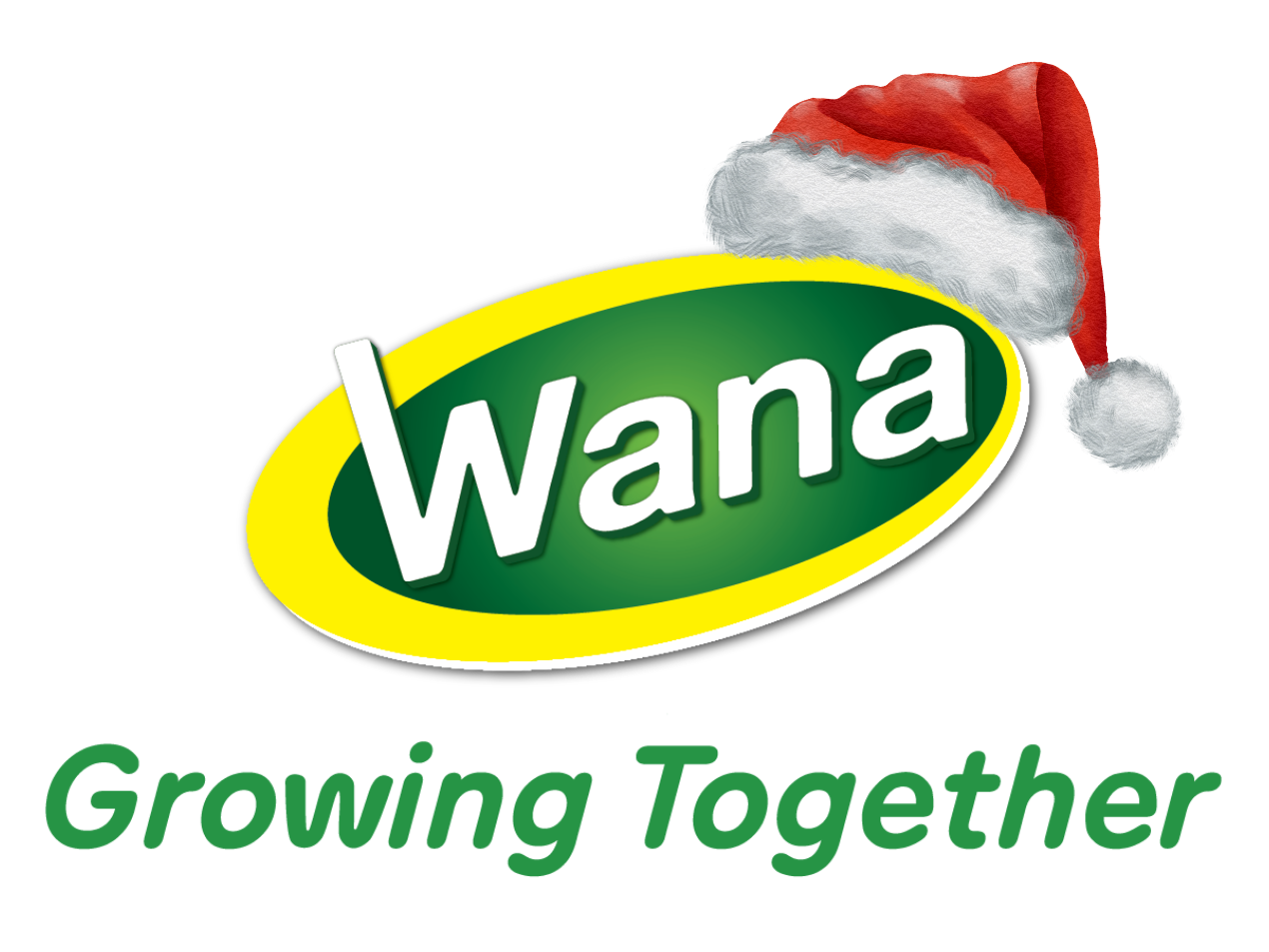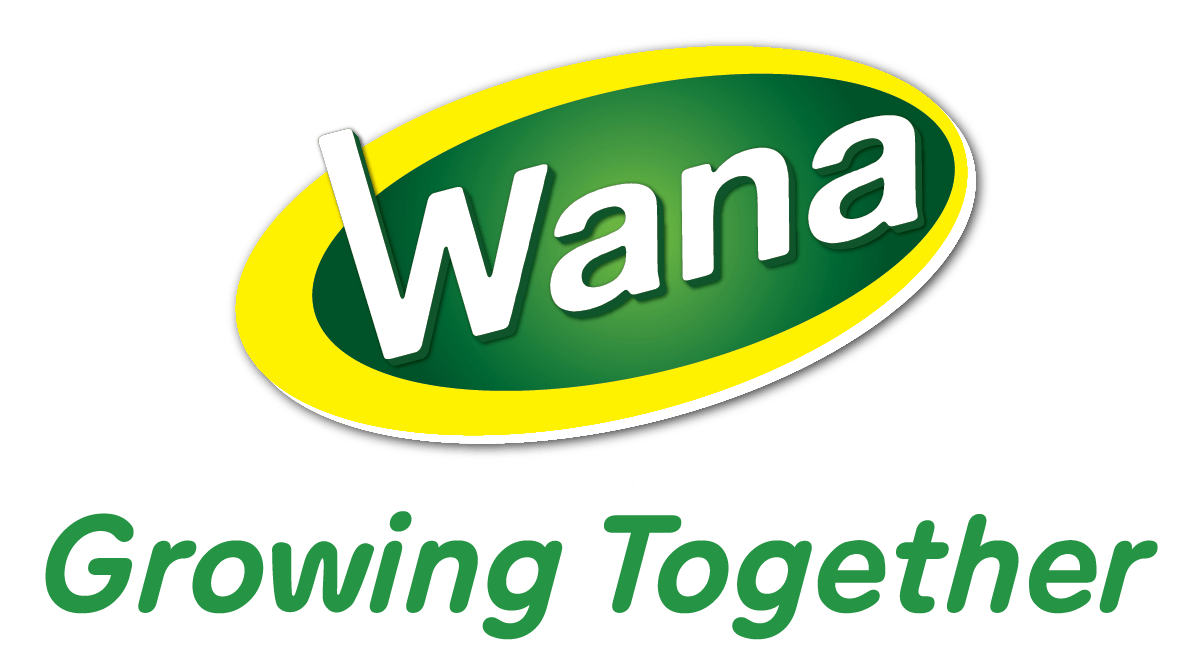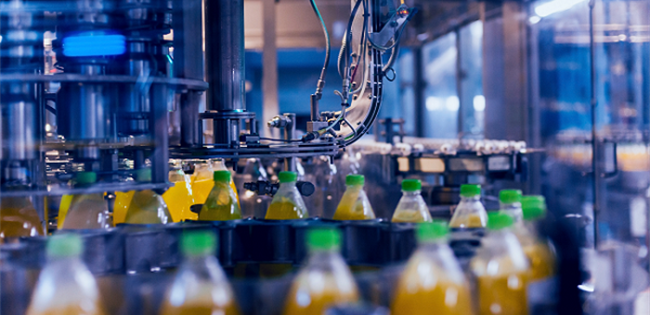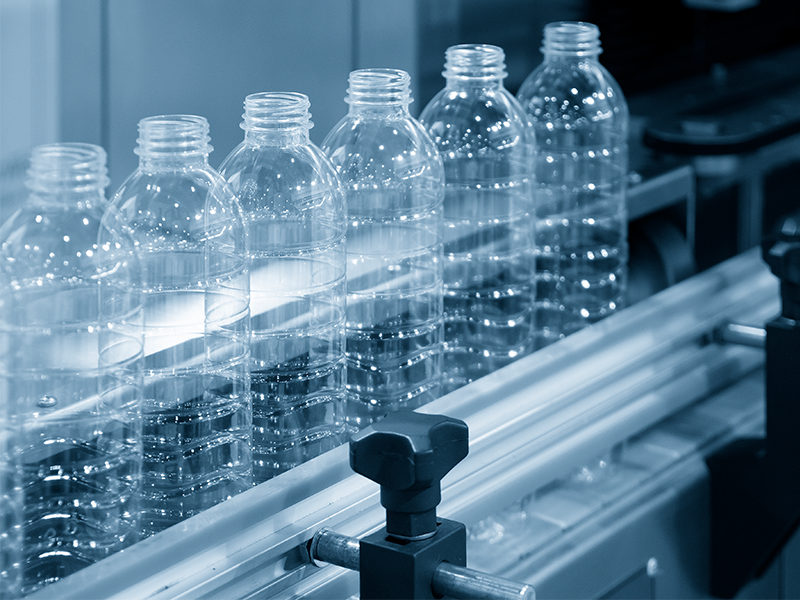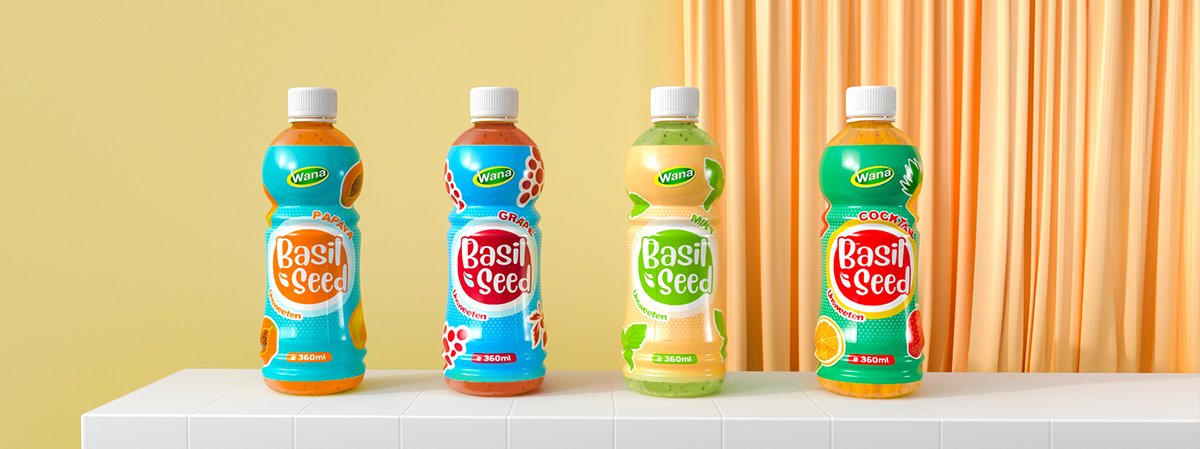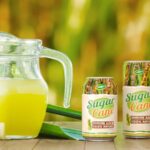In the dynamic world of beverage packaging, the choice of materials for bottles can significantly impact a company’s operations and environmental footprint. Juice bottle suppliers, including industry leaders like WANA, switched from traditional glass bottles to PET bottles for many years. There are several reasons why switching from glass to PET (and rPET) plastic packaging could be beneficial, not just to the business, but to the environment.
Read more: Ultimate Guide On Wholesale Juice By Bulk Juice Suppliers (P1)
What is PET Plastic?
PET, short for polyethylene terephthalate, stands as the predominant material in the realm of plastic bottles by juice bottle suppliers. Renowned for its strength, rigidity, flexibility, and lightness, PET is not only a versatile choice but also entirely non-toxic.
rPET, a derivative of PET, is crafted through the recycling of PET. Setting itself apart from many other packaging materials, PET is fully recyclable, resulting in a plastic that mirrors or even surpasses the qualities of the original.
How does PET plastic outshine glass for your brand?
PET plastic encompasses the same advantages as glass in packaging—it’s robust, reusable, and transparent. Additionally, PET (including rPET) boasts several benefits over conventional glass packaging:
Weight Advantage
The inherent lightweight nature of PET plastic stands out as a significant advantage over glass. This characteristic not only reduces the overall weight of bottled or packaged products but also contributes to substantial cost savings in transportation. The diminished weight lessens fuel consumption during shipping, thereby lowering the carbon footprint associated with the logistics of the product supply chain. This weight advantage aligns seamlessly with the industry’s growing commitment to sustainability and cost-efficiency.
Shatterproof Quality
A crucial differentiator between PET plastic and glass is the shatterproof quality of PET. Unlike glass, which is prone to breakage during handling, transportation, and usage, PET plastic ensures a higher level of durability. This shatterproof characteristic simplifies the entire handling process, from manufacturing to distribution and ultimately to the consumer. As a result, the risk of breakage-related product losses is significantly diminished, promoting both safety and product integrity.
Improved Oxygen Barrier
PET plastic surpasses glass in its ability to create an effective barrier against oxygen. This is a critical factor for preserving the freshness and quality of the products packaged within. The enhanced oxygen barrier extends the shelf life of beverages, particularly juices, by shielding them from the detrimental effects of air exposure. Additionally, PET’s superior resealing properties further contribute to product longevity. The easy resealing of PET bottles not only prevents spillage but also allows consumers to savor the contents over multiple occasions, reducing potential wastage.
How is PET Plastic More Environmentally Friendly than Glass?
In the current era, prioritizing eco-friendly choices to reduce our carbon footprint is crucial. In this context, PET (and rPET) exhibit distinct advantages over glass:
Energy Efficiency
A noteworthy advantage of PET plastic over glass lies in its superior energy efficiency throughout the manufacturing process. Producing PET plastic requires considerably less energy and results in fewer greenhouse gas emissions compared to the manufacturing of glass. This energy efficiency not only reflects positively on the environmental impact of the production phase but also contributes to the broader industry’s efforts to minimize its carbon footprint.
Moreover, the environmental benefits extend when considering the recycling aspect of PET. The conversion of PET into recycled PET (rPET) requires less energy compared to recycling glass. By embracing PET and its recyclable derivatives, the industry takes a significant step towards sustainable practices, aligning with the global commitment to reduce energy consumption and combat climate change.
Ease of Recycling
PET plastic distinguishes itself by being not only easier but also more cost-effective to recycle when compared to glass. The recycling process for PET is well-established and widely accessible, making it a more practical and scalable solution for waste management. The simplicity of PET recycling contributes to a more efficient circular economy, where materials are reused and repurposed, minimizing the environmental impact associated with the disposal of plastic waste.
Additionally, the ease of recycling PET aligns with the rising demand for recycled materials. As consumers become increasingly environmentally conscious, the use of recycled PET (rPET) in packaging resonates with their values. This shift not only addresses concerns about single-use plastics but also supports a closed-loop system, where materials are continuously recycled and reintegrated into the production cycle.
Versatility in Recycling
PET plastic’s versatility surpasses that of glass, enabling it to be recycled into a broader range of products. Beyond packaging, rPET finds application in creating items such as blankets, insulation, shoes, car parts, and various other products.
Even in instances where recycling doesn’t occur, PET plastic remains environmentally preferable to glass. PET takes approximately 450 years to decompose naturally in a landfill, whereas glass has the potential to persist for a million years or more, underlining the prolonged environmental impact of glass.
Juice Bottle Suppliers and The Packaging Trends
Eco-Conscious Materials
While not a novel concept, the emphasis on eco-friendly packaging has become increasingly pronounced in recent times. Adopting environmentally responsible packaging is no longer merely a selling point—it has become an imperative. Consumers with a keen environmental awareness are closely monitoring the carbon footprint associated with products.
Innovative Geo-Strap Base
Unveiled in 2019, the geo-strap base represents a groundbreaking design for plastic bottles. This innovative approach redistributes weight from the bottle’s base, ensuring a more even distribution into the shoulder. The outcome is a lightweight, streamlined, and transparent bottle that is both dent-resistant and less prone to overfilling. Beyond the assurance of safe shipping, this design enhances the visual appeal of your product on store shelves.
Read more: Local vs. International Juice Bottle Suppliers: Which one?
Vibrant Chromatic Caps
While a transparent plastic bottle may showcase the natural color and consistency of your juice, standing out on the shelf presents a unique challenge. A growing trend involves incorporating chromatic tamper-evident caps that harmonize with the label and juice color. Though seemingly minor, this infusion of color can capture consumers’ attention and subtly influence their purchasing decisions.
In conclusion, the transition from glass to PET bottles by juice bottle suppliers like WANA is driven by a combination of factors including cost efficiency, durability, design flexibility, and a commitment to sustainability. As the beverage industry continues to evolve, it’s evident that PET bottles are becoming the preferred choice for juice packaging, meeting the demands of both suppliers and environmentally conscious consumers.
